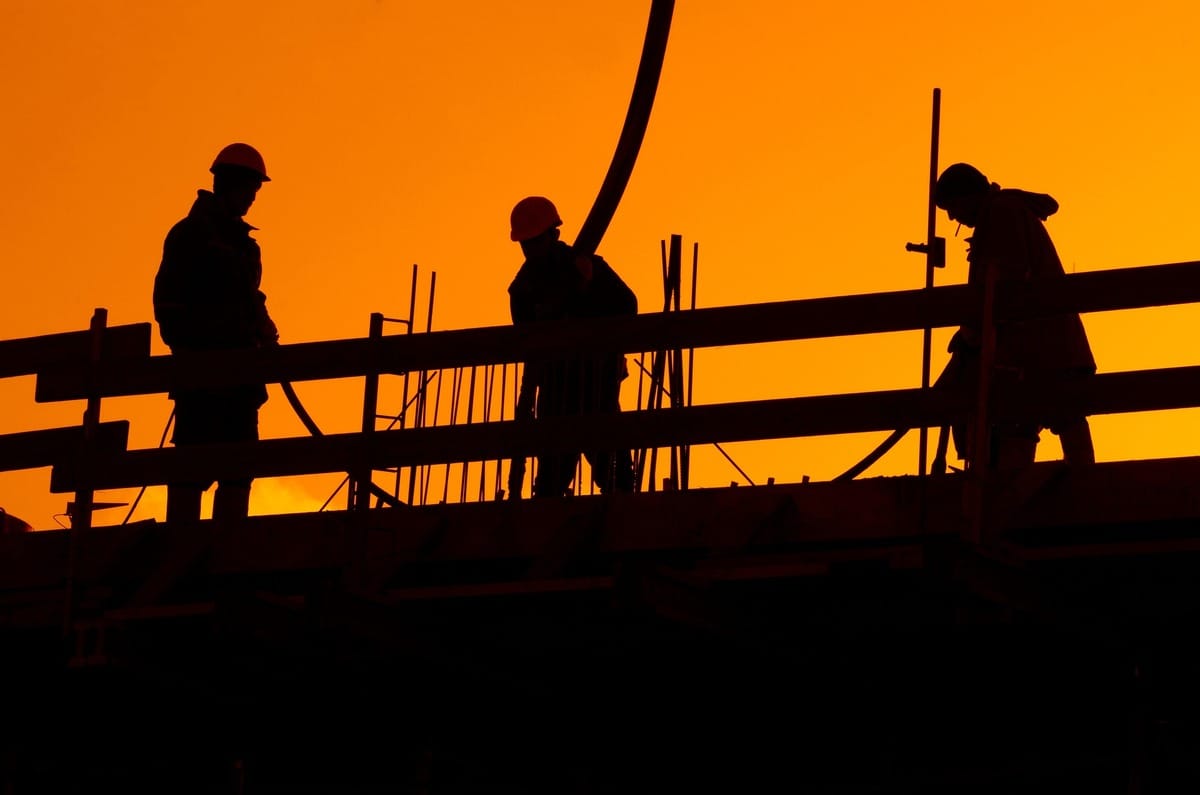- Full Brim Safety
- Posts
- Fall Protection Friday: Fire Hazards at Height
Fall Protection Friday: Fire Hazards at Height
Full Brim Safety: Build Smart, Build Safe

Fall Protection Friday: Fire Hazards at Height
This Weeks Toolbox Talk Attached Below!
Welcome back, let's Build Smart & Build Safe! We’ve spent the week reviewing fire extinguisher readiness. Today, on Fall Protection Friday, we address the specialized danger of Fire Hazards at Height and the crucial controls needed.
When working on elevated platforms, scaffolding, or roofs, a small fire is significantly more dangerous due to limited escape routes and the effect of rising smoke.
The Dual Danger of Fire at Height
Limited Escape Routes: Unlike working on the ground, workers at height often have only one or two ways down (ladders, stairs, or a specific egress route). Fire and smoke can quickly block these escape paths, trapping workers.
Smoke Rise: Smoke and toxic fumes naturally rise, engulfing elevated work areas and quickly causing disorientation and incapacitation.
Hot Work Control: Fire Watch and Extinguishers
The most common cause of fire at height is hot work (welding, cutting, grinding). Sparks and molten metal can travel significant distances and ignite dry materials below.
The Fire Watch: Whenever hot work is performed, a dedicated, trained Fire Watch must be posted. The Fire Watch's sole job is to watch for fires during the work and for at least 30 minutes after the work is completed, as smoldering materials can ignite later.
Extinguisher Placement: The rule for hot work is clear: you must have an accessible, rated fire extinguisher at both levels:
At the Work Level: An extinguisher must be immediately available to the worker performing the hot work.
At the Level Below: An extinguisher must be immediately available at the ground level or floor beneath the work to extinguish any fires caused by falling sparks.
Fire Extinguisher and Fall Protection
A common scenario is a worker being tethered on an elevated platform when a fire starts.
Escape Route Priority: If a fire starts to spread and threatens your escape route, your first priority is to save yourself. Do not sacrifice your safety to fight a growing fire.
Do Not Leave Tools: Your Personal Fall Arrest System (PFAS) should be used to facilitate a controlled, safe exit, never forgotten in the panic of a fire. Ensure the platform remains stable if you must evacuate quickly.
Download Your Toolbox Talk Here!
Don't forget to sign your friends up for Full Brim Safety for your daily dose of construction safety tips!
-The Safety Man

